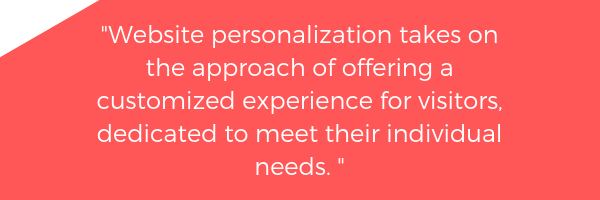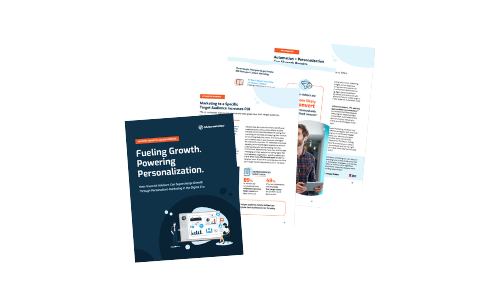Nothing is one size fits all or at least, it shouldn't be. This applies to your content marketing strategy as well. If content is for everybody, then it really is for nobody.

It is recommended that your website content be fresh and timely but the importance of relatable content is often forgotten. Relatable content is specific to the viewer and personalized to resonate best with your target audience.
Although the main demographic of your clients is universally the same, individual clients are not. They have various needs and pain points with different desires and interests. As marketing strategies take on modern approaches to designing interactive experiences around content, the only way to stay ahead of the game is to finely tune your content to meet the personality of your key demographics.
Times have evolved. Today's content marketing strategies not only focus on the number of eyes that see a piece of content, but by the engagement it receives and the conversions it drives. This all stems from an ever-evolving customer decision journey. As such, it's essential to adopt the mindset of your target audience by appealing to their true intents, whether driven by price point, level of convenience or expertise you have to offer.
So how do you personalize your marketing efforts? This article provides some effective tips!
What is personalization in content marketing?

Website personalization takes on the approach of offering a customized experience for visitors, dedicated to meet their individual needs. It emphasizes products, services, or content that a particular prospect might like while connecting to them on a more personal level. By establishing this connection, a potential client becomes more inclined to not only pay your website a visit, but return to the site for future needs and ultimately convert!

For instance, financial advisors that cater their products and services towards college students and young working individuals might want to consider posting blogs about budgeting tips or basics about financial planning.
How to Personalize Your Content
1. Define Your Target Audience and Brand

This may come as a given but knowing who your target audience is really helps in translating specificity into your content. Through a culmination of your brand's core values and client personas, your marketing efforts will be more fine-tuned, cohesive and relatable.
The key is in gathering data and more of it! The more information you obtain to craft client personas, the higher level of engagement your content will receive. Get to know their habits, behaviours, tendencies, and what they're looking for in your brand. The more data the more fine-tuned your content will be!
2. Provide Useful and Relevant Content
Effective personalization starts when you create a piece of content that helps a specific client or prospect. It means you have taken the extra step to tailor your content to meet their goals. This can be accomplished by providing customer or prospect specific content collections, whitepapers, ebooks and/or newsletters.
3. Diversify Your Content

It's also important to expand content types on your site. Not everyone retains information the same way. Perhaps a wall of text is more engaging for prospect A whereas prospect B enjoys video content more.
If you are ever stuck on what content to post, we have our periodical content library filtered by various content types from articles to videos and infographics all covering diverse financial related topics (e.g. finance, college, real estate, savings and many more).
The Take-Away
Designing to meet the expectations and needs of your audience can help them feel connected to you and your brand which leads to conversions. The truth in the matter is that marketing is more than just the sake of creating content for content -it's about producing concepts empathetic to the user by understanding their goals and behavior. Personalized marketing is human centered marketing.








